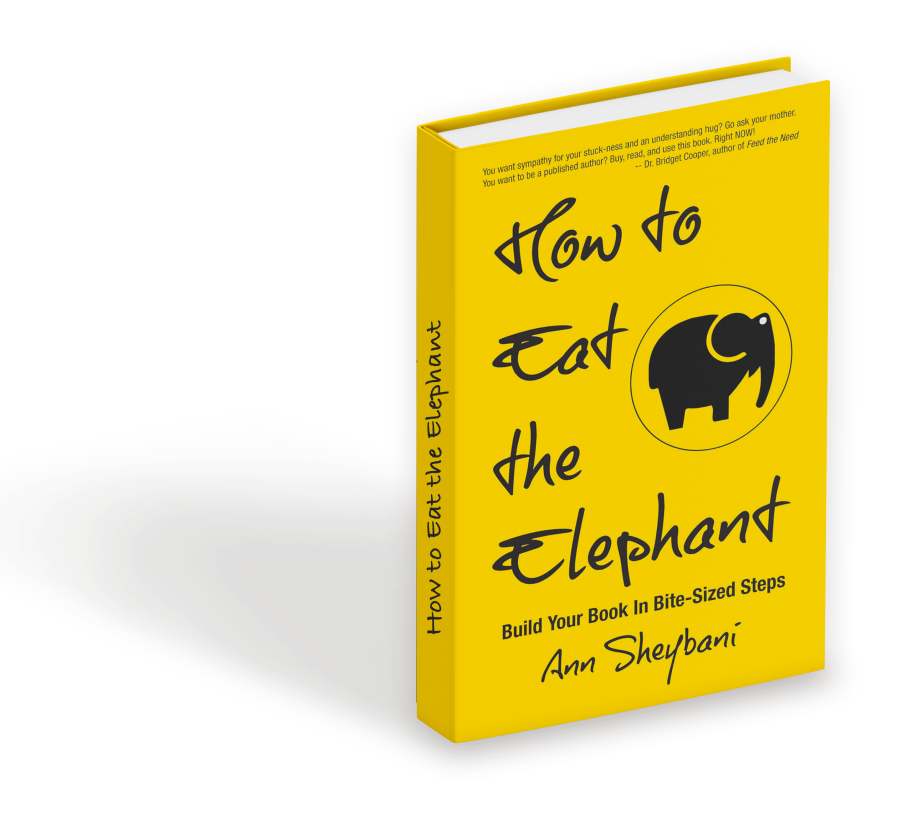If you’ve ever read a book on the craft of writing, or taken a writing class or workshop, you’ve likely heard the expression, “Show, don’t tell.”
Well, what, precisely, does this show, don’t tell stuff actually mean?
In the interest of slipping in a little craft lesson, sneaky minx that I am, I’m going to give you a brief overview. A very simplistic answer.
For the most part, that means that writers should paint a scene, or an image, with lots of sensory details, not just summarize with a generic sentence of observation.
We, your readers, don’t want you to tell us the man is handsome. We want to see what makes this man so attractive. We want the details. His muscular forearms, the way his chest hair peeks out from the top button of his shirt, the funny smile that plays across his face when he tells you a lame joke.
Here’s a definition of TELLING, which we also call exposition: Prose that has the purpose of conveying information, explaining it, or summing it up. This can include description, recollection, and interior reflection.
Even though exposition is always necessary in both nonfiction and fiction (because there are things readers need to know that can and should be compressed or skimmed over), readers have a limited tolerance for it. The trick is to weave exposition (telling) and action (showing) into a seamless experience.
Here’s a definition of SHOWING: Prose that conveys information through scenes that dramatize what happened.
A scene is a sequence of events that happen in a specific place at a specific time.
A scene involves several, it not all of the following “showing” techniques: a description of setting, developed characters, dialogue, action, flashbacks, sensory description, internal thoughts and emotions.
Scenes move a story forward.
A scene can include some exposition, but they do not depend on it.
Readers crave scenes. We as writers can satisfy that hunger, by taking important blocks of exposition and turning them into scenes.
Let me give you this little warning: Scenes are the essential building blocks of plot or structure. If they don’t illuminate or advance the thematic material, promote the action of the story, or provide us with necessary information, or insights, they should be cut from the manuscript, even if they are in themselves funny or outrageous or intensely moving.
Paint us a picture. Show us some faces. Give us the juicy details. That’s the stuff that allows us to feel like we’re there. That’s the stuff that will keep us turning the page.


